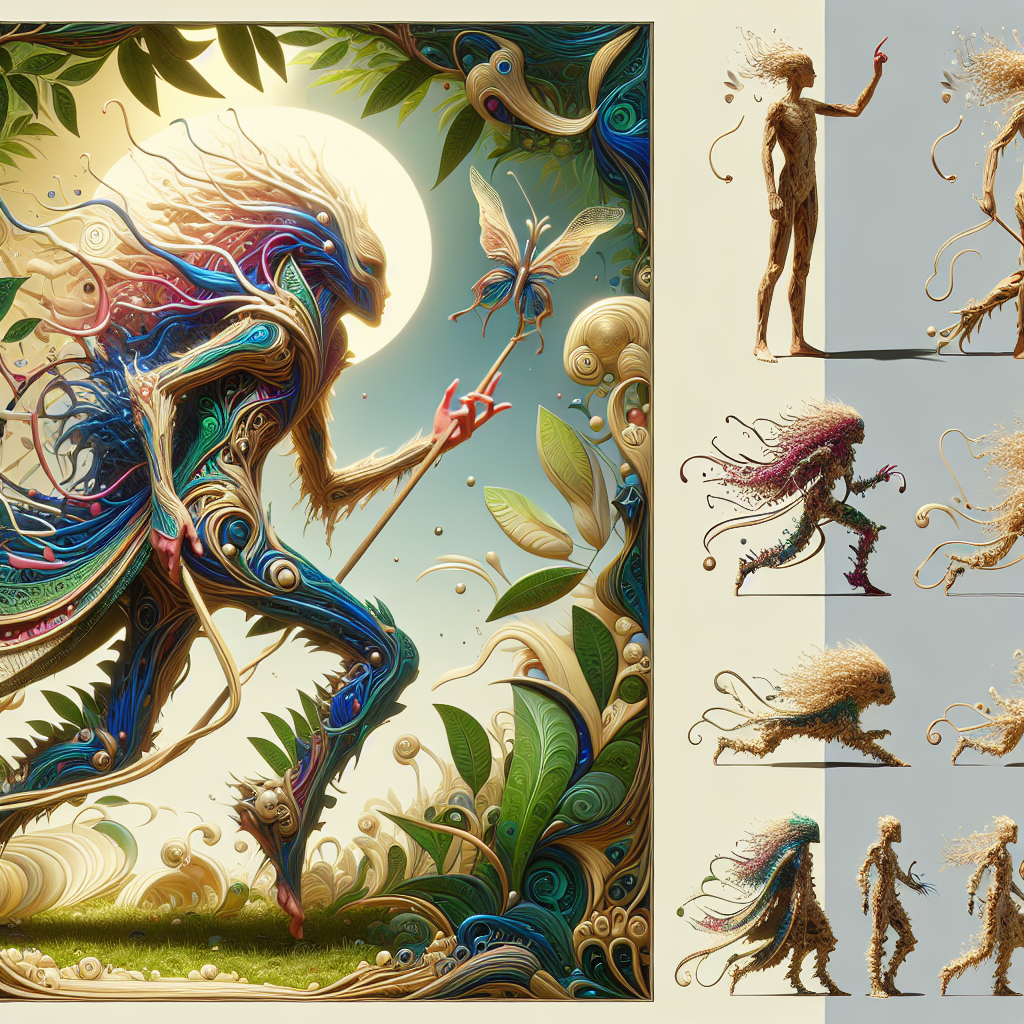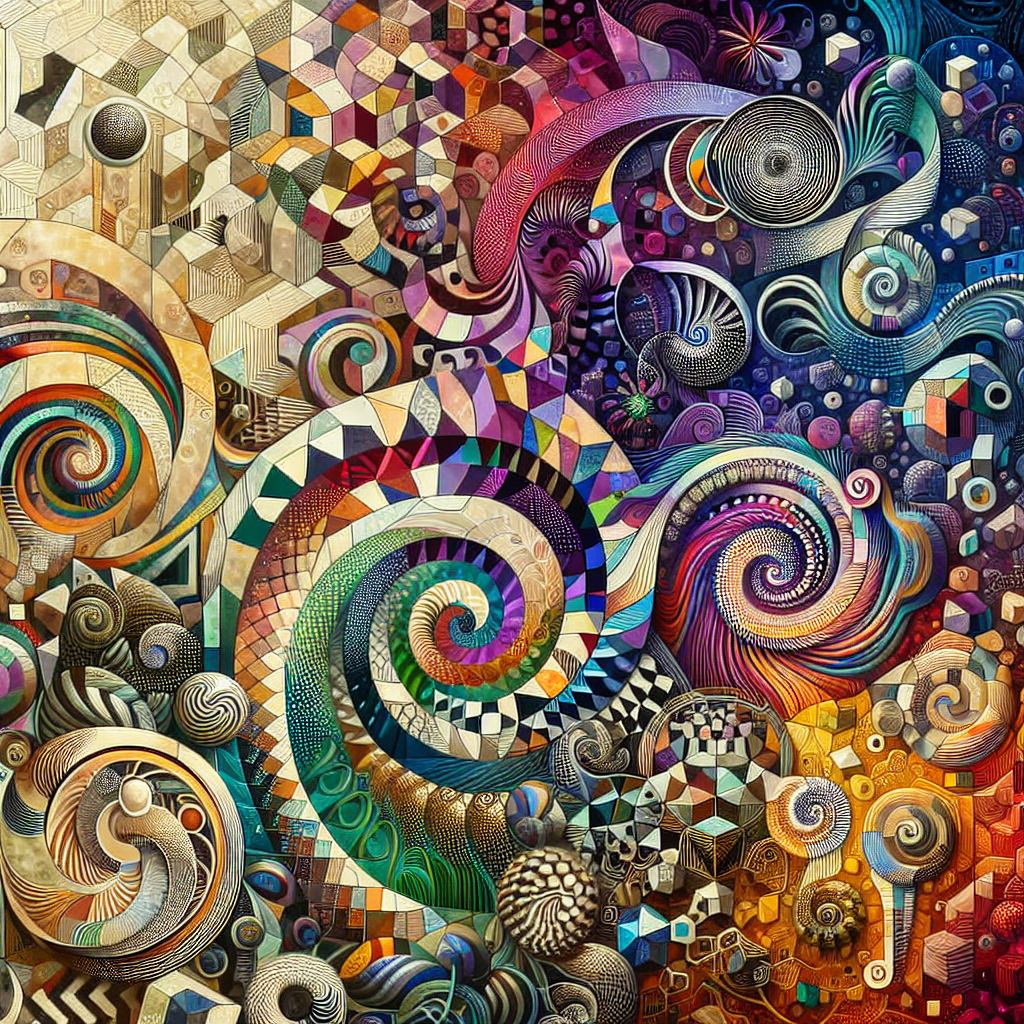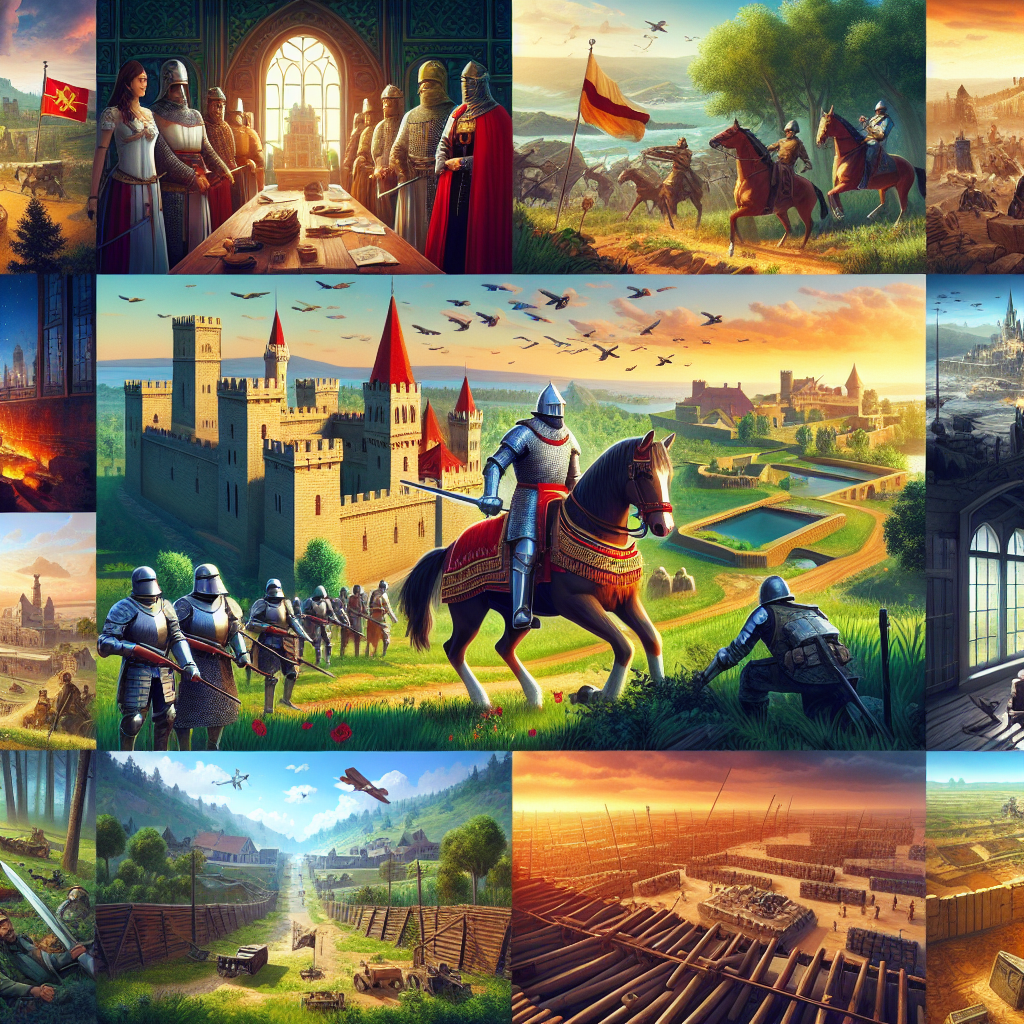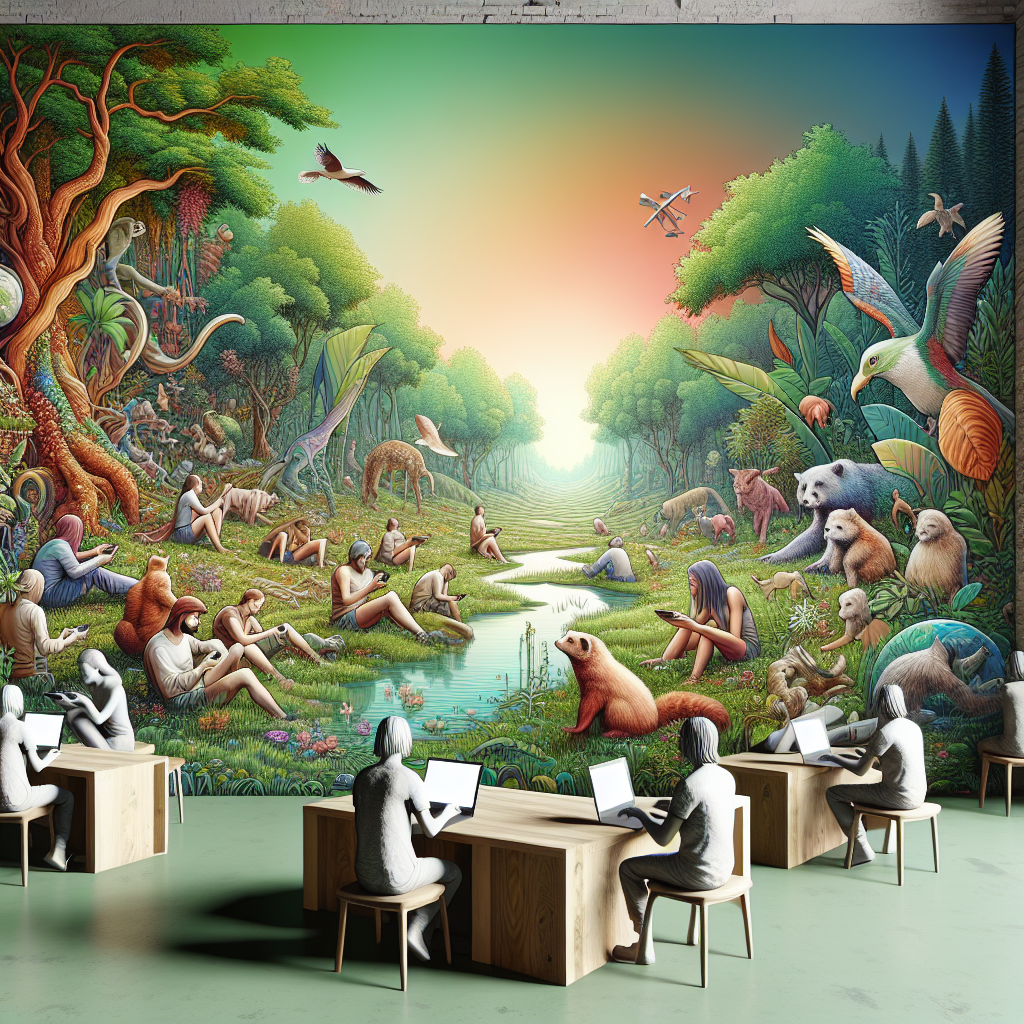In the realm of game design, looking beyond traditional mechanics can yield innovative gameplay experiences. Nature’s patterns inspire game mechanics in ways that enhance player engagement and creativity. By observing the intricate designs and systems found in nature, game developers can create immersive worlds that resonate with players on a deeper level.
Understanding Nature’s Patterns
Nature’s patterns refer to the repetitive and often fractal-like designs seen in biological systems, weather formations, and geological structures. These patterns are not just visually appealing but also serve specific functions in their ecosystems. For instance, the Fibonacci sequence can be observed in the arrangement of leaves and the branching of trees, which optimizes sunlight exposure and space utilization.
By studying these patterns, developers can integrate them into game mechanics, creating systems that feel organic and intuitive. For example, a game could feature a resource management system that mimics the growth patterns of plants, where players must adapt their strategies based on seasonal changes and resource availability.
Implementing Patterns in Gameplay
When Nature’s patterns inspire game mechanics, the gameplay can become more dynamic and engaging. Patterns can influence everything from character movement to resource generation. A platformer might use wave patterns to dictate the rhythm and timing of obstacles, while a strategy game could implement natural selection principles, where players must evolve their units to survive.


Furthermore, procedural generation can take a cue from natural patterns, allowing developers to create expansive worlds that feel unique yet familiar. This approach not only enhances replayability but also makes players feel like they are part of a living ecosystem, responding to their actions and decisions.
The Psychological Impact
The incorporation of Nature’s patterns into game mechanics also has psychological benefits. Players often find comfort in familiar patterns, which can reduce cognitive load and enhance immersion. When players encounter gameplay that reflects the natural order, they may feel a stronger connection to the game world, increasing their overall enjoyment.
Additionally, games that utilize these patterns can foster creativity. Players may find themselves experimenting with strategies that align with natural processes, leading to unique gameplay experiences. This not only enriches the player’s journey but also encourages a deeper understanding of the world around them.
In conclusion, by allowing Nature’s patterns to inspire game mechanics, developers can create more engaging and meaningful gameplay experiences. The fusion of nature and technology opens up new avenues for creativity, ensuring that games are not just played but also felt. As we continue to explore this intersection, the future of game design looks promising, filled with potential for innovation and connection.
Some content and/or images on this page were created using AI.





